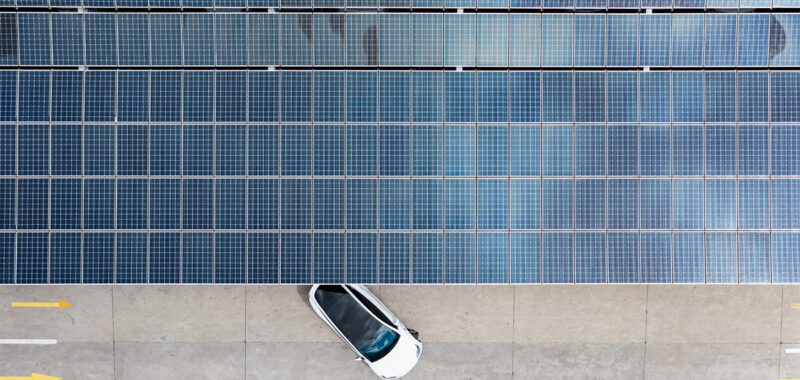What’s often missing from the conversation about getting to net-zero emissions is a recognition of the difficulty in transforming the complex physical assets underlying our current energy system — a system that has been optimized over centuries to deliver high performance, that is deeply embedded in the global economy, and that serves billions of people. McKinsey Global Institute Research has identified 25 significant technology and infrastructure challenges that need to be overcome. These relate not only to the development and deployment of low-emissions technologies, but also to the supply chains and underlying infrastructure that need to be transformed.
As the earth continues to warm and concerns increase over climate risks ranging from extreme flooding to heatwaves, world leaders are gathered in Baku, Azerbaijan, for another round of climate discussions at COP29. For companies, the strategic consequences of climate action — particularly in the face of rising global uncertainties — are top of mind. Corporate leaders are thinking about how to meet their own net-zero goals, and how to manage the opportunities and risks to their businesses as the world aspires to decarbonize today’s high-emissions system.

